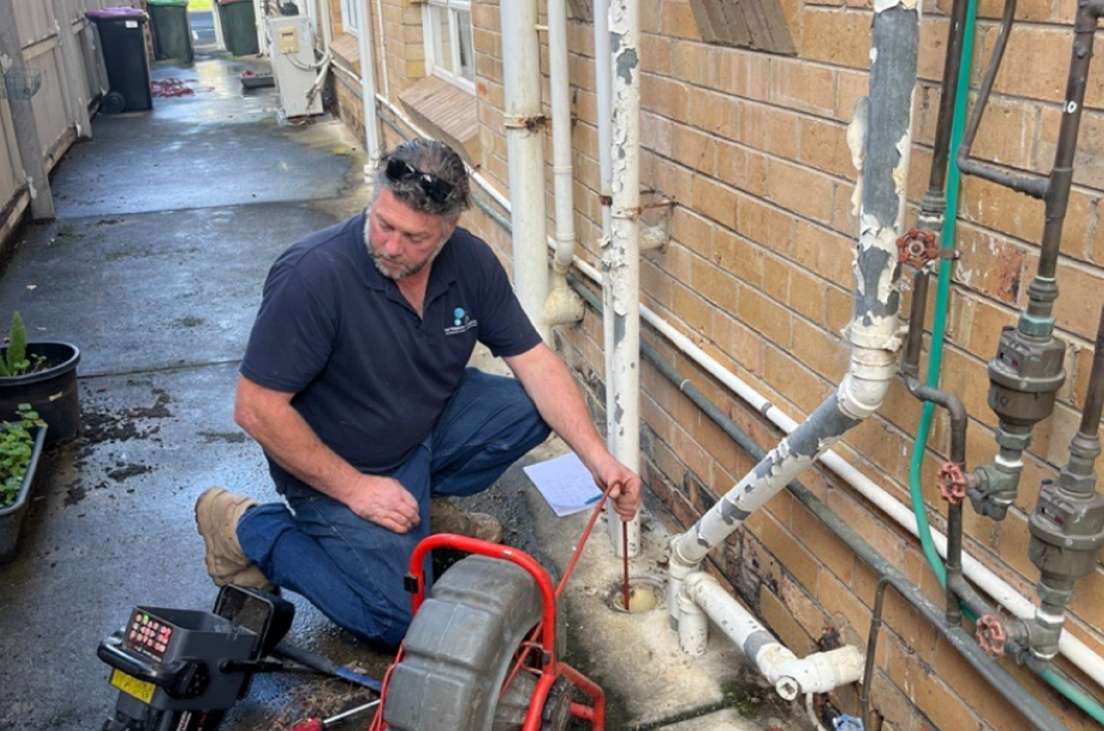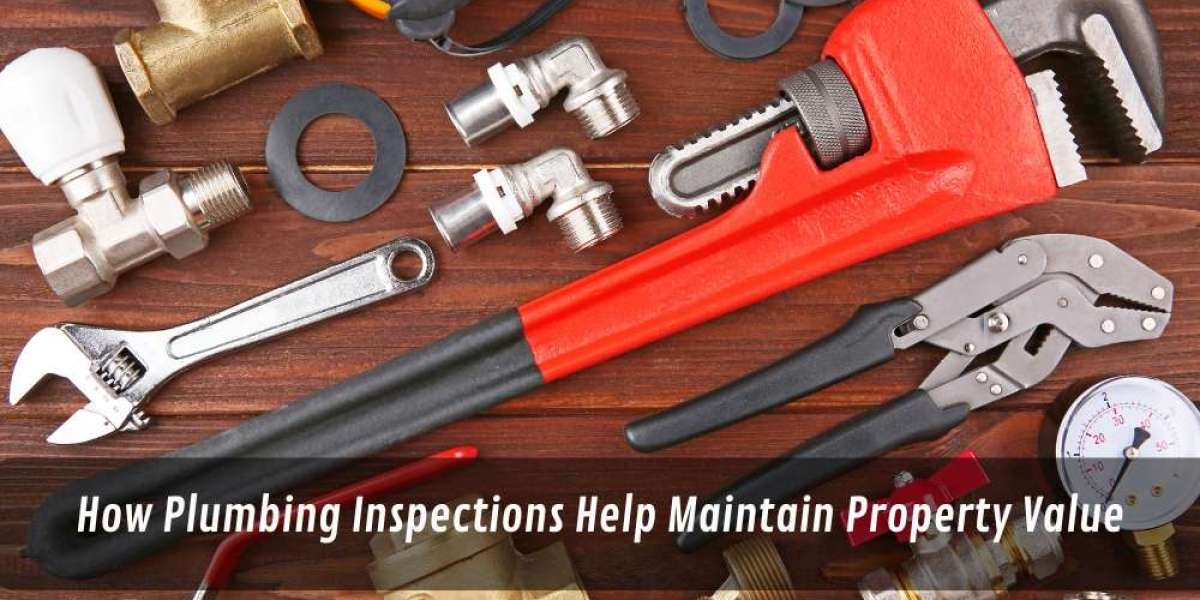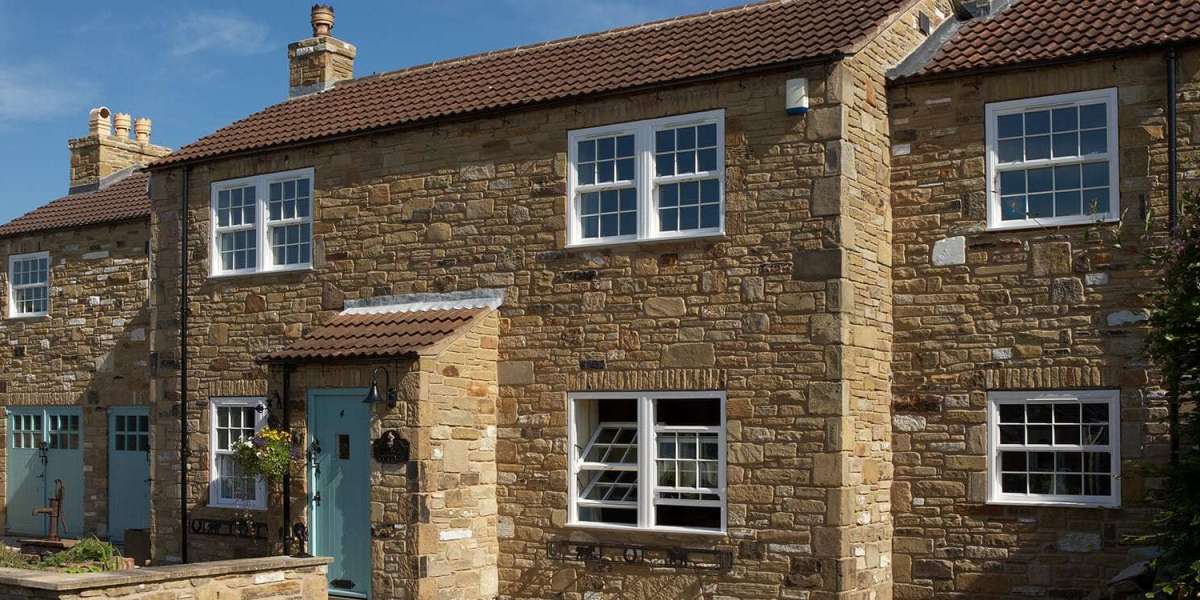Plumbing tends to be one of those quiet systems in the background—until it isn’t. Most homeowners don’t give it a second thought until there’s a burst pipe, a slow drain, or that unmistakable damp smell in the laundry. But regular inspections? They’re often overlooked—and that’s where problems begin.
When we renovated our kitchen in the Inner West, the plumber flagged a slow leak under the sink. Turned out it had been quietly soaking into the cabinetry for years. Had we done a check earlier, the damage would’ve been minimal.
What stuck with me was how much these unseen problems could affect the overall condition of a home. That’s why it makes sense to bring in professionals who handle plumbing repair services regularly—they know what to look for before small issues spiral.
A simple inspection now can help avoid bigger disruptions later, especially in older homes where wear and tear isn’t always visible.
Why hidden damage is more common than you think
Most plumbing issues start small. A hairline crack in a pipe. A subtle drop in pressure. The faint smell of damp. Over time, those “not-quite-right” signs turn into something bigger. The kind of thing a homebuyer’s inspector will spot—right before knocking thousands off your sale price.
Unseen leaks are a huge culprit. They weaken timber, promote mould, and create an ideal environment for pests. And yet, they're often overlooked for years.
Here’s what tends to slip under the radar:
- Drips in seldom-used areas like guest bathrooms
- Leaks under outdoor taps or garden connections
- Slow water damage behind wall tiles or cabinetry
- High water usage that feels normal—until it doesn’t
The earlier these are detected, the easier they are to fix. And the less damage they cause over time.
What inspections can reveal before it’s too late
Most of us assume our plumbing is “fine” because the taps run and the toilet flushes. But inspections go deeper—literally. Licensed plumbers know what signs to look for inside walls and under floors, places the average homeowner wouldn’t think to check.
And then there’s compliance. Inspections also help flag plumbing systems that may not meet plumbing compliance requirements. In NSW, systems must follow strict codes that align with health, water-saving, and building regulations. Licensed inspectors understand these standards and can spot non-compliant setups that might slip past a homeowner's eye.
They also stay across regulatory changes. What was acceptable five or ten years ago might now be outdated—or illegal. That’s especially true for DIY installations and cheaper renovation jobs where shortcuts may have been taken.
Inspections don’t just tell you what’s broken. They tell you what’s no longer up to scratch.
Region-specific risks to be aware of
Living in Sydney, you start to notice certain patterns in plumbing issues. And it’s not always about age. Even new homes can run into problems if the original fit-out was rushed or poorly planned.
Tree roots are a major culprit, particularly in older suburbs with well-established gardens. I've seen neighbours deal with blockages that traced back to roots growing straight through old clay pipes. No warning. Just a sudden backup and a mess to clean up.
These are just a few examples of common plumbing issues in Sydney that routine inspections often catch. Plumbers familiar with local conditions can anticipate these risks and suggest preemptive solutions.
Others worth mentioning:
- Salt-laden air corroding metal fittings near the coast
- Drainage challenges in sloped properties
- Debris from storms clogging outdoor stormwater systems
It’s that mix of location and construction era that really determines what you're likely to face.
Why does drain health matter just as much
Here’s something a lot of people miss: if your drains aren’t healthy, your entire plumbing system suffers. Blockages tend to form slowly—soap scum here, a bit of oil there, hair in the shower trap. Before long, you’ve got more than just slow drainage.
Worse still, recurring clogs can be a symptom of deeper issues, like poorly graded pipes or intrusions underground.
Staying across the drain maintenance best practices is a smart way to stay ahead of trouble. Things like flushing with enzyme cleaners, limiting fat disposal, and having periodic CCTV inspections can all help prevent a plumbing emergency before it starts.
I had a plumber once explain that good drainage is a bit like a good diet—you might not see the results every day, but you'll feel it when something goes off-track.

Why inspections should be part of your regular upkeep
Inspections might not be glamorous, but they’re the sort of thing that pays off quietly over time. They catch what you’d otherwise ignore, and that’s the point. Not everything gives off a warning before failing.
A proactive approach helps keep your system ticking along without surprises, especially in homes with previous plumbing upgrades or renovations where things may have been patched instead of replaced.
Routine plumbing reviews are particularly valuable when:
- You’re buying or selling a home
- Renovating kitchens, bathrooms or laundry areas
- Your home is over 15–20 years old
- You’ve had previous water pressure or drainage issues
The goal isn’t to chase problems, but to stay ahead of them.
Final thoughts
A solid plumbing system is invisible when it’s working well—and obvious when it’s not. That’s the paradox. We tend not to worry about it until something bursts, breaks up, or smells off.
But staying one step ahead with routine checks doesn’t just protect your home’s infrastructure. It protects your peace of mind.
For Sydney homeowners, plumbing inspections aren't a box to tick — they're a safeguard. They offer reassurance that your systems are up to standard, functioning efficiently, and not quietly compromising your home’s value.


